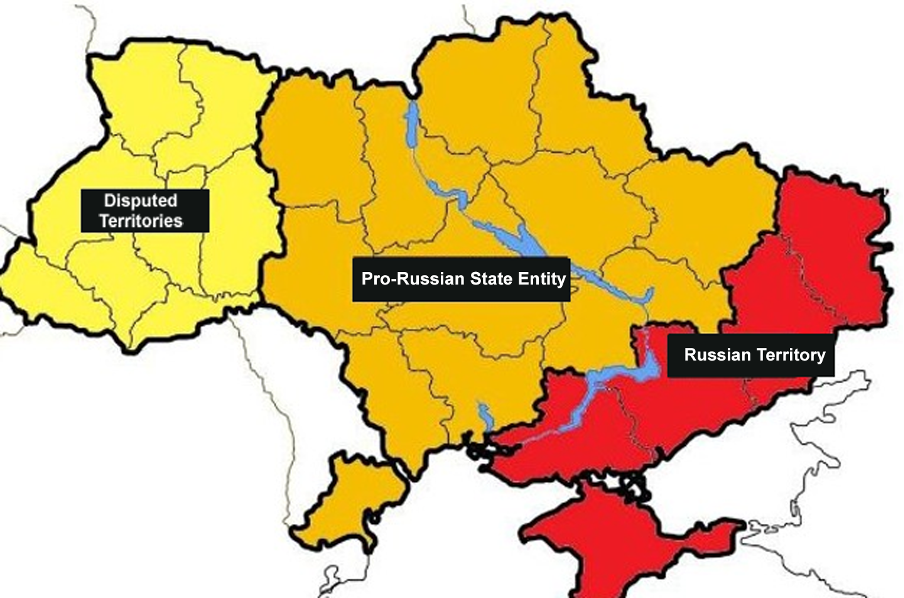The EU plans to lend Ukraine 35 billion euros ($39 billion), backed up by the revenues of Russian assets frozen in the bloc, European Commission chief Ursula von der Leyen said Friday.
"We are now confident that we can deliver this loan to Ukraine very quickly, a loan that is backed by the windfall profits from immobilised Russian assets," von der Leyen said, speaking alongside Ukraine's President Volodymyr Zelensky in Kyiv.
JOIN US ON TELEGRAM
Follow our coverage of the war on the @Kyivpost_official.
"It will provide you with significant and much needed fiscal space. You will decide how best to use the funds," she told Zelensky.
Ukraine is desperate for funds as it seeks to prop up its economy and keep its electricity grid functioning this winter after ferocious bombardments by Moscow's forces.
The EU's proposal -- which needs to be signed off by member states -- is part of a bigger plan agreed by G7 powers in June to use the proceeds of frozen Russian assets to loan Kyiv $50 billion.
The EU has frozen roughly $235 billion of Russian central bank funds since the Kremlin launched its invasion of Ukraine in 2022, the vast bulk of immobilised Russian assets worldwide.
About 90 percent of the funds in the EU are held by the international deposit organisation Euroclear, based in Belgium.
The G7 plan seeks to leverage the assets to get more funds to Ukraine and will replace an EU scheme currently in place that funnelled $1.7 billion to Kyiv in July.
There has been a delay in implementing the G7 loan as the United States had sought guarantees from the EU that the Russian assets would remain frozen.

N. Korean Troops Massed in Russia to Enter Ukraine War ’Soon’: Pentagon Chief
Currently EU member states have to agree every six months to extend the asset freeze. Officials said Brussels is now looking to extend that to 36 months.
But the EU chose to move ahead with its part of the G7 loan, having decided that the assets offered sufficient guarantees even without certainty the freeze would be extended.
You can also highlight the text and press Ctrl + Enter






